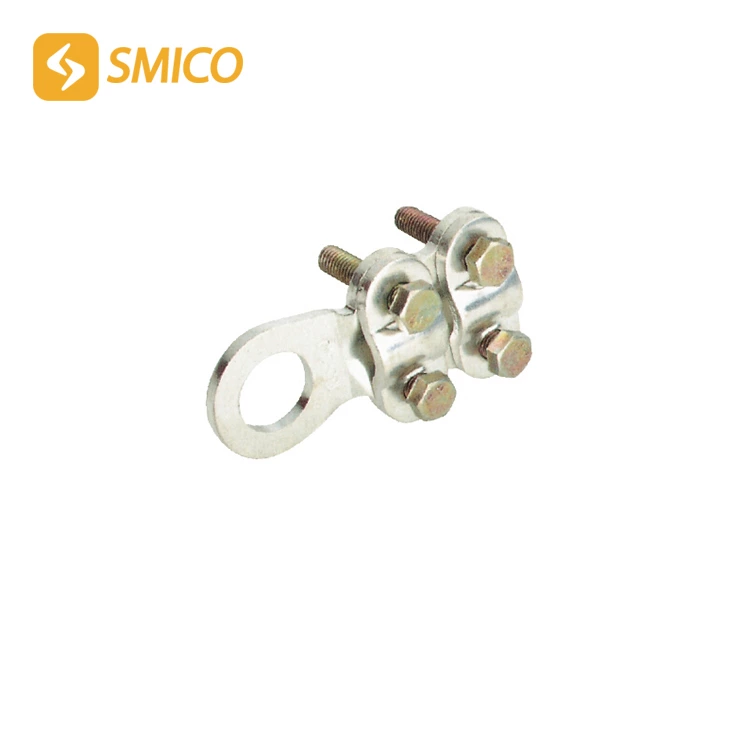Cold-pressed Terminal: Important Equipment To Improve Electrical Safety
Cable Lugs are important components of electrical equipment, and they are widely used in the installation and maintenance of electrical equipment. The main function of the cold-pressed terminal is to connect the wires, so that the wire connection is firm and reliable, thereby improving the safety of electrical equipment. The use of the cold-pressed terminal is very simple, just insert the wire into the terminal, and then fix the terminal with a wrench. The advantages of the cold-pressed terminal are simple installation, convenient operation, and firm and reliable connection, not easy to loosen, which can effectively prevent the wire from breaking and short-circuiting. There are many kinds of materials for cold-pressed terminal, the common ones are copper, aluminum, lead, tin, steel, etc. Among them, copper and aluminum are the most commonly used materials. They have good electrical conductivity and corrosion resistance, and are suitable for the installation and maintenance of most electrical equipment. In addition, the cold-pressed terminal also has the functions of fireproof and waterproof, which can effectively prevent fire or water infiltration in electrical equipment. In addition, the cold-pressed terminal can also prevent overheating of the wires and effectively prevent faults such as short circuits in electrical equipment. In short, cold-pressed terminal blocks are an important part of electrical equipment. Their use can improve the safety of electrical equipment, prevent accidents such as fire or water infiltration, and provide effective protection for the installation and maintenance of electrical equipment. Therefore, when installing and maintaining electrical equipment, cold-pressed terminal blocks should be used to ensure the safety of electrical equipment. This article provides safety protection for electrical equipment by cold-pressed terminal blocks. It outlines the characteristics and functions of cold-pressed terminal blocks, as well as their importance in the installation and maintenance of electrical equipment.

